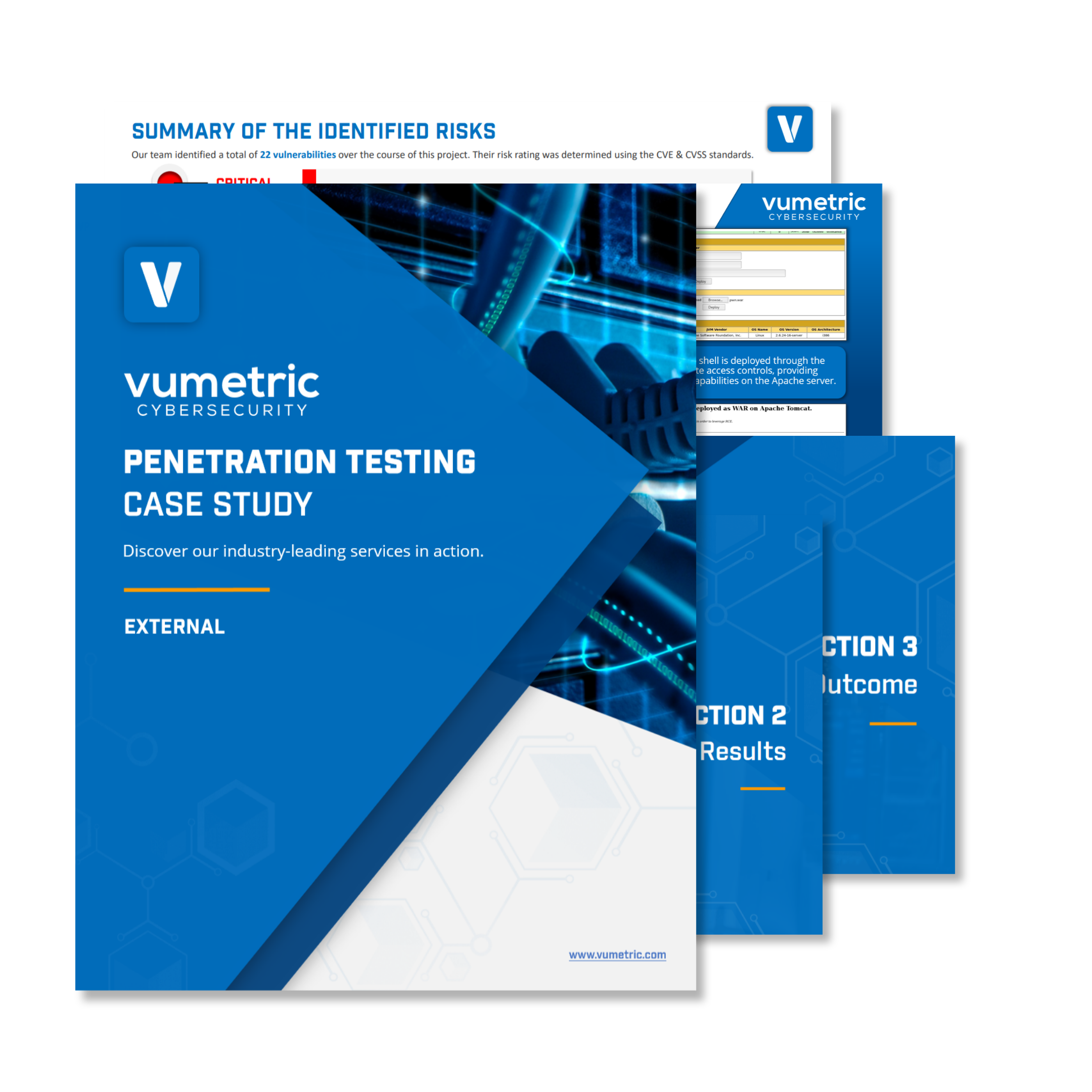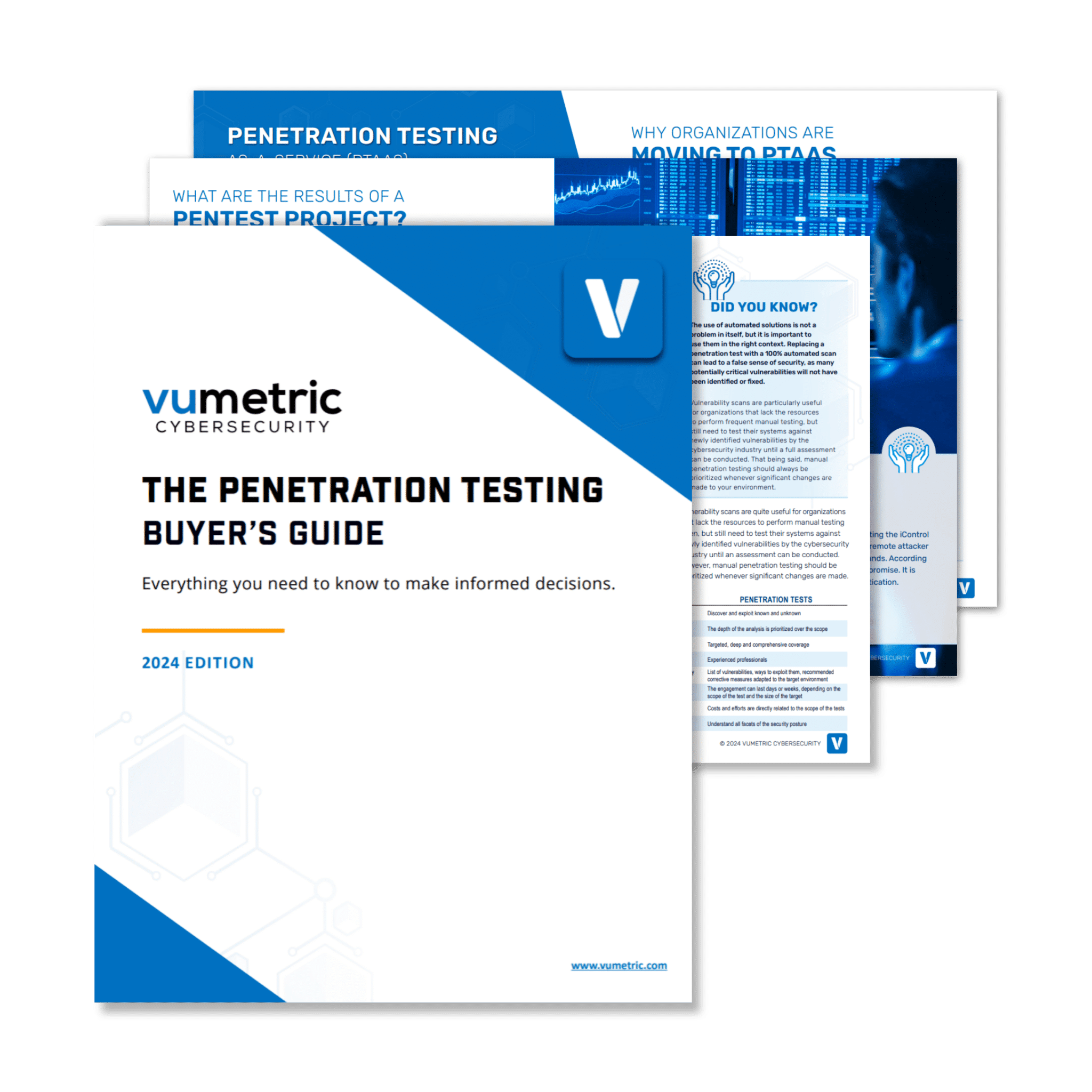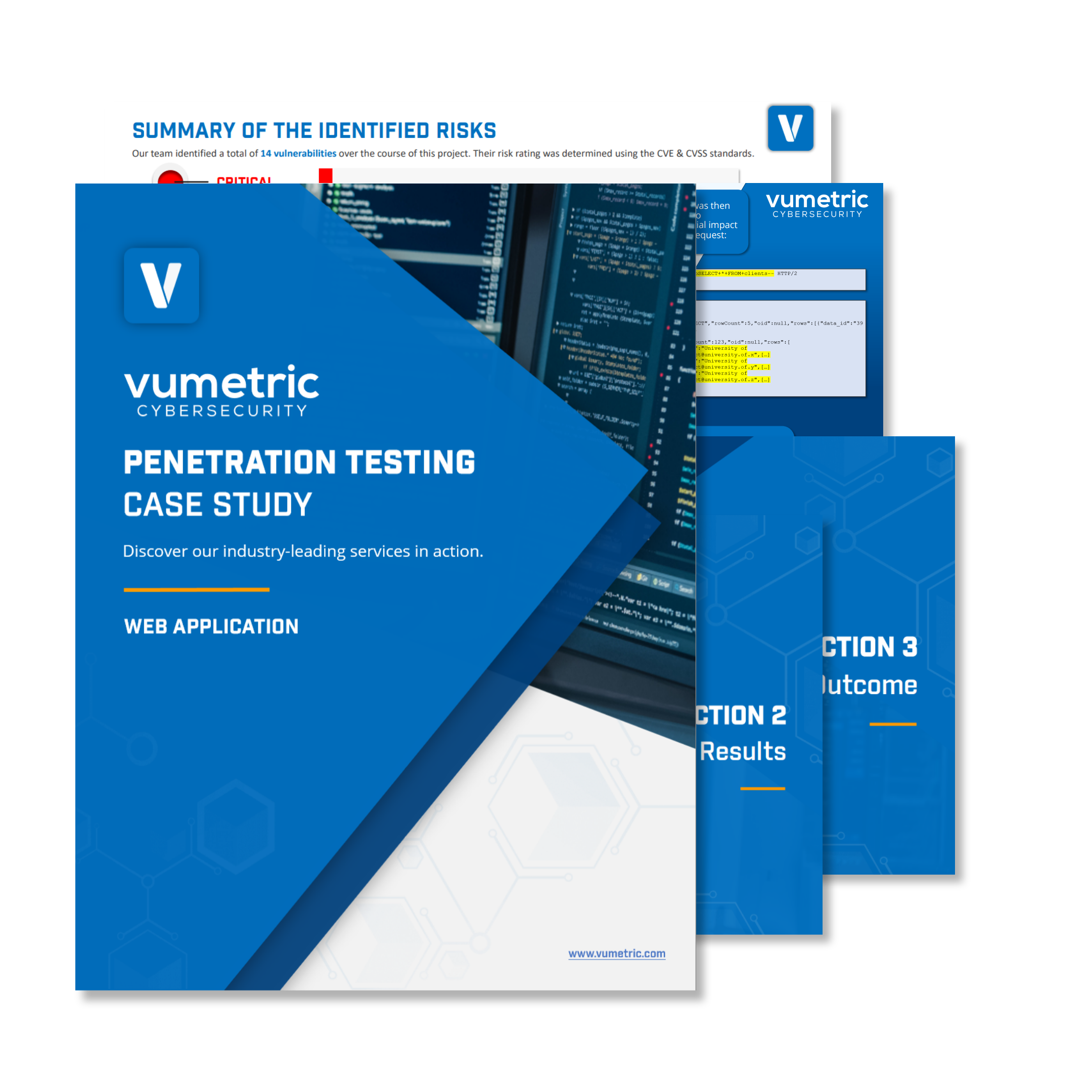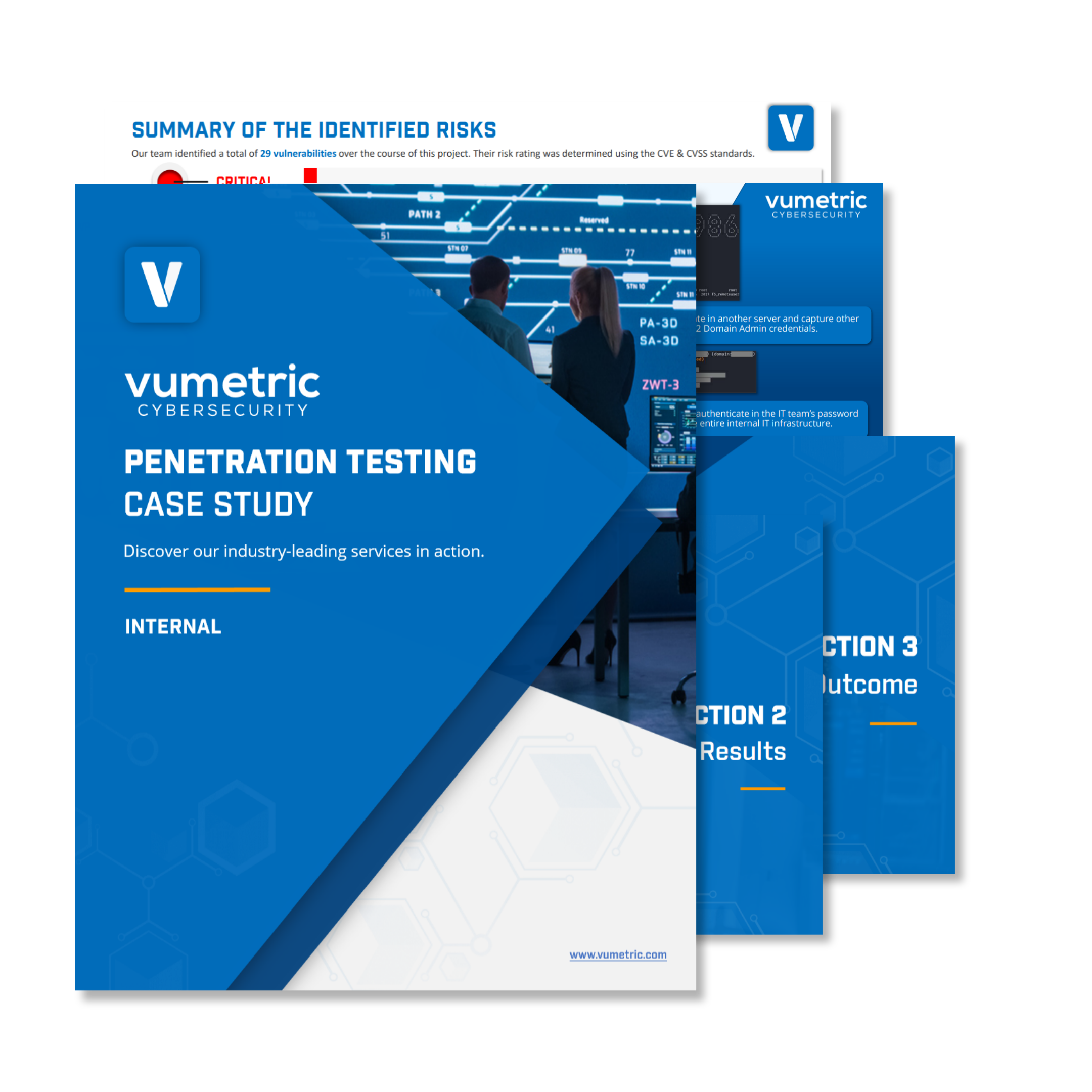In today’s digital landscape, ensuring the security of critical data and systems is a top priority for organizations. As a result, SOC 2 compliance has become increasingly important for companies handling sensitive data. Penetration testing is a crucial aspect of achieving SOC 2 compliance and maintaining a strong security posture. In this article, we will delve into the role of penetration testing in SOC 2 compliance, discuss the different types of penetration tests, and provide valuable insights for IT Directors, Senior Executives, and System Administrators.
Understanding SOC 2 Compliance
SOC 2 (System and Organization Controls) is a set of criteria developed by the American Institute of Certified Public Accountants (AICPA) to evaluate the security, availability, processing integrity, confidentiality, and privacy of a service organization’s systems. These criteria, known as the Trust Services Criteria, are designed to provide assurance to clients and stakeholders that their sensitive data is being handled securely.
Why Penetration Testing is Essential for SOC 2 Compliance
Penetration testing, also known as ethical hacking, is a critical component of the SOC 2 compliance process. It helps organizations identify and mitigate vulnerabilities in their systems, ensuring the security of sensitive data. Penetration testing is essential for SOC 2 compliance for several reasons:
- Proactive Security: Penetration testing allows organizations to proactively identify vulnerabilities and address them before they are exploited by malicious actors.
- Trust and Confidence: Demonstrating a commitment to security through regular penetration testing helps to build trust and confidence among clients and stakeholders.
- Compliance Requirements: SOC 2 compliance mandates that organizations perform regular penetration testing to ensure the security and integrity of their systems.
Are you looking for experts to help with your organization’s penetration testing and SOC 2 compliance efforts? Contact our team to discuss your needs.
Types of Penetration Tests That Contribute to SOC 2 Compliance
There are several types of penetration tests, each with its unique objectives and methodologies. The most common types include:
- External Penetration Testing: This type of test targets an organization’s external-facing infrastructure, such as web applications and network devices, to identify vulnerabilities that could be exploited by an external attacker.
- Internal Penetration Testing: Internal penetration tests focus on identifying vulnerabilities within an organization’s internal network, which could be exploited by a malicious insider or an attacker who has already gained access to the network.
- Web Application Penetration Testing: This type of test focuses on identifying vulnerabilities in web applications, which could be exploited by attackers to gain unauthorized access to sensitive data.
- Wireless Penetration Testing: Wireless penetration tests target an organization’s wireless infrastructure to identify vulnerabilities that could be exploited by attackers to gain access to the internal network.
External Penetration Testing
Case Study
See our industry-leading services in action and discover how they can help secure your external network perimeter from modern cyber threats and exploits.
Penetration Testing Guide
(2024 Edition)
Everything you need to know to scope, plan and execute successful pentest projects aligned with your risk management strategies and business objectives.
Web Application Penetration Testing
Case Study
See our industry-leading services in action and discover how they can help secure your mission-critical Web Apps / APIs from modern cyber threats and exploits.
Internal Penetration Testing
Case Study
See our industry-leading services in action and discover how they can help secure your internal network infrastructure from modern cyber threats and unauthorized access.
Best Practices for Penetration Testing
Conducting penetration tests effectively and efficiently is crucial for achieving SOC 2 compliance. Here are some best practices to consider:
- Establish Clear Goals: Define the scope and objectives of the penetration test, and ensure that all stakeholders are aligned on the goals and expectations.
- Select the Right Test Type: Choose the appropriate type of penetration test based on your organization’s infrastructure, applications, and specific compliance requirements.
- Engage Qualified Professionals: Work with experienced penetration testers who have a proven track record in the cybersecurity industry and are well-versed in the latest techniques and tools.
- Develop a Test Plan: Create a comprehensive test plan that outlines the testing methodologies, tools, and techniques to be used, as well as the timeline and deliverables.
- Conduct Regular Testing: Perform penetration tests periodically, not just as a one-time activity. Regular testing helps to identify new vulnerabilities and validate the effectiveness of existing security controls.
- Document and Remediate: Thoroughly document the findings of the penetration test, prioritize vulnerabilities based on their risk level, and develop a plan for timely remediation.
- Review and Improve: Use the results of each penetration test to continuously improve your organization’s security posture and maintain SOC 2 compliance.
Are you interested in learning more about best practices for penetration testing and SOC 2 compliance? Visit our service page for additional information.
Conclusion
Penetration testing plays a vital role in achieving and maintaining SOC 2 compliance. By proactively identifying and addressing vulnerabilities in your organization’s systems, you can demonstrate your commitment to security and build trust with clients and stakeholders. By following best practices for penetration testing, organizations can effectively mitigate cybersecurity risks and ensure the protection of sensitive data.
Need assistance with penetration testing for SOC 2 compliance? Get in touch with our experts today to discuss how we can help your organization achieve a robust security posture.








